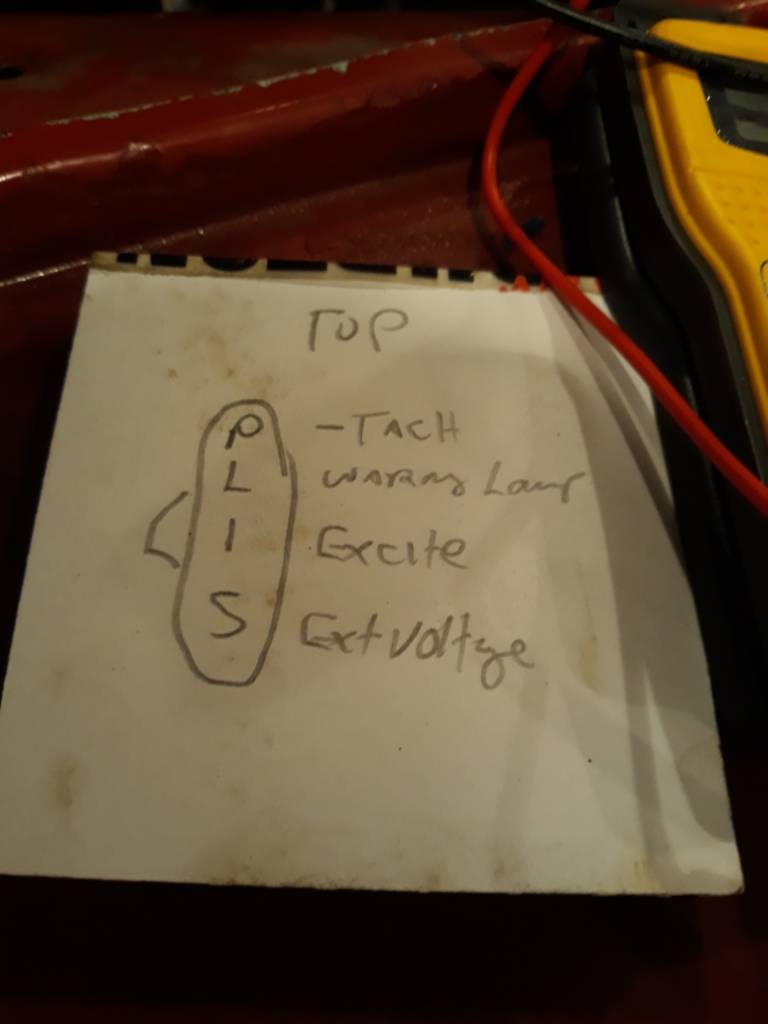justjeepin86
Well-Known Member
- Joined
- Jul 9, 2005
- Location
- Winston-Salem, NC
So I swapped a serpentine setup on my tbi 350. That comes with a cs series alternator. Changing over from 2 wire plug to a4 wire plug. I've done a ton of reading and think I understand what fi do. Problem is that it's still not charging. I have the exciter wire hooked up with a resistor. I never saw a definitive resistor size though. The photo is a stretch of my terminals. The resistor just goes inline in a 12v switched wire, right?

Sent from my SM-J737A using Tapatalk

Sent from my SM-J737A using Tapatalk

